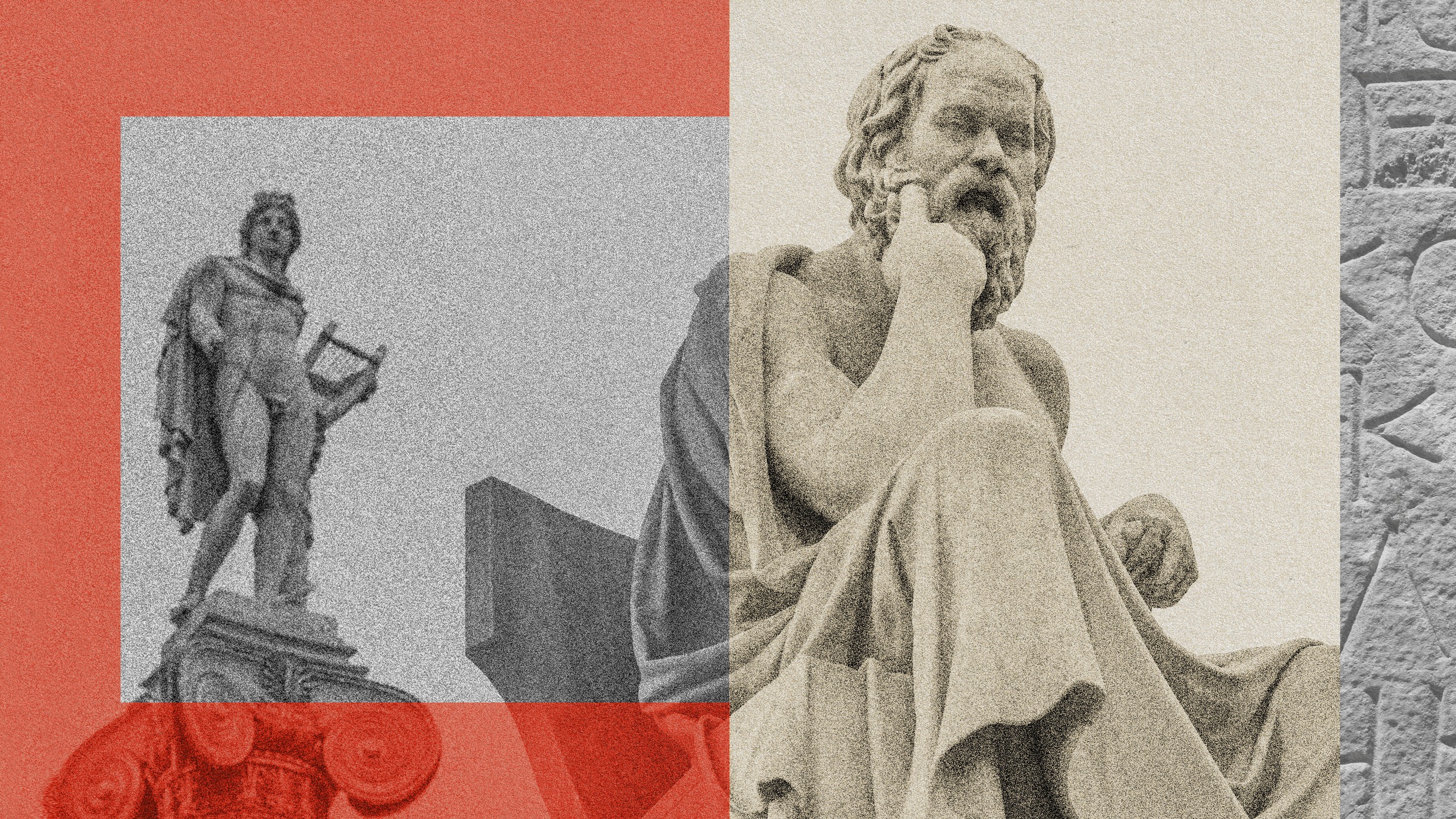The Case of the Disappearing Physicists

There are a couple of different interesting cases of disappearance relating to neutrino physicists. One of them was Bruno Pontecorvo, an Italian who emigrated first to Canada and worked at a nuclear reactor in Ontario and while he was there he had some very insightful ideas about how you might go about detecting neutrinos either from the Sun or from a nuclear reactor.
He’s the one who suggested that perhaps a gigantic tank with chlorine might allow you to trap neutrinos. Later he worked in the atomic research laboratory at Harwell in Britain. All of a sudden while he was on holiday on the European continent, his whole family disappeared. It seemed the last place they had been was Finland and there was a lot of speculation and actually headlines in newspapers around the world in the fall of 1951 at the height of Cold War tension between the West and the Soviet Union that Pontecorvo had defected behind the Iron Curtain.
There was a lot of speculation but also some concern because people wondered whether he had taken some atomic secrets and would share them with the Russians. So this created a sense of panic at some level and suddenly a lot of media coverage. A few years later he did show up at a press conference in Moscow and explained that he had slipped out of Finland with his family and ended up in the Soviet Union and was working as a physicist. It was never quite established whether he took any valuable nuclear secrets or whether it was just his civilian nuclear physics knowledge that might have been beneficial in some ways. What was remarkable about Pontecorvo was that he anticipated some of the really weird and quirky properties of neutrinos long before anybody else.
When the solar neutrino problem was first identified around 1968 after the first measurements done by Ray Davis, Pontecorvo and a colleague of his in the Soviet Union proposed that the deficit of neutrinos from the Sun might be because they turn into other flavors that aren’t detected by our instruments.
So he was very, very insightful in a number of ways but he also left behind this mysterious disappearance which was never fully explained. There’s some suggestion that maybe later in life he came to regret his choice. But perhaps early on he was a committed socialist who thought that perhaps he wasn’t happy with what was happening in the West and decided that that might be an alternate way of life. But it sounded like he might have been disappointed later on.
Another remarkable story is another, as it happens, Italian physicist called Ettore Majorana who was a reclusive genius who disappeared without a trace at age 32.
Last anybody heard from him he had taken a boat from the mainland in Naples to Sicily and he was supposed to come back on the boat. It’s not clear whether he jumped, or what else might happened, but he never returned to the university where he had a post. And his colleagues never knew quite what happened. His family didn’t know what happened.
For quite a while all these sort of wild stories were circulating in Italy about what came of Ettore Majorana whether he had absconded to Argentina, given up on science and joined the monastery. There were apparently Majorana sightings in Italy like we talk about Elvis sightings in America.
So he was a bit of a kind of a pop culture icon for quite a while because of the nature of his disappearance. And to this day it’s not totally clear what happened to him. The easy explanation seemed to be that he might have committed suicide jumping off a boat but no traces were ever found. And his last note to his colleague suggested he was coming back, that he had changed his mind, he wasn’t depressed, he was likely to come back to work the next week. Never did.
Ray Jayawardhana is the author of Neutrino Hunters: The Thrilling Chase for a Ghostly Particle to Unlock the Secrets of the Universe.
In Their Own Words is recorded in Big Think’s studio.





